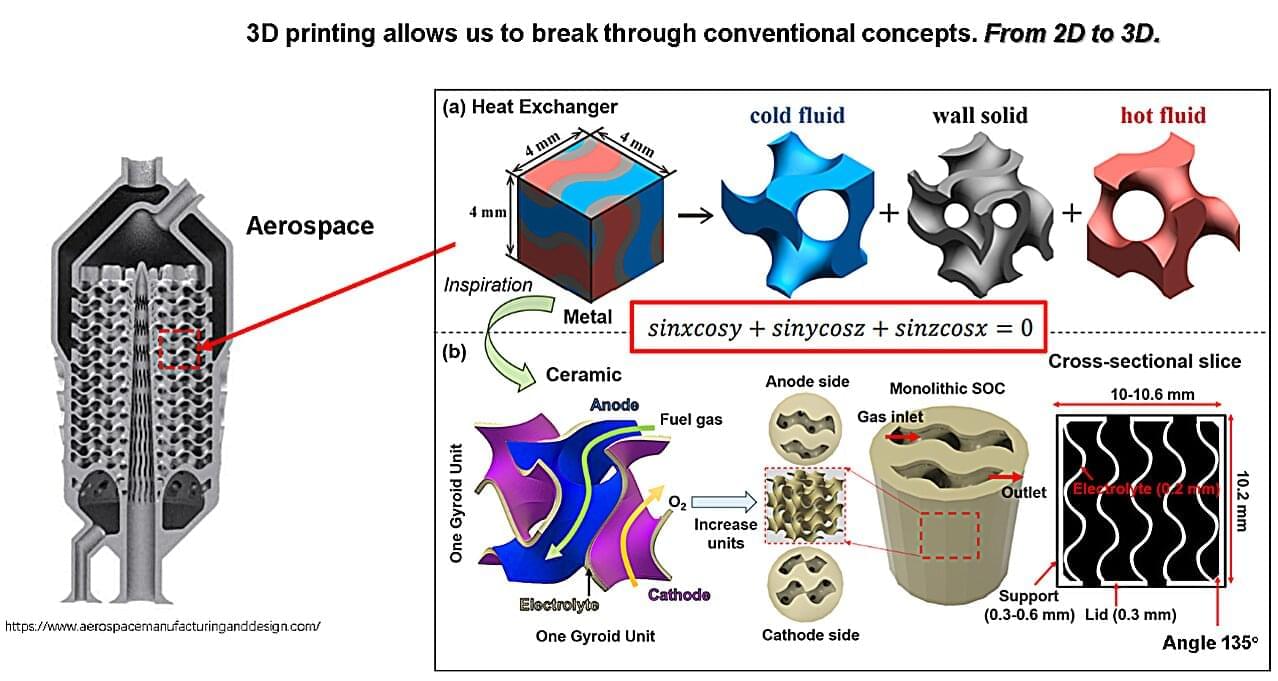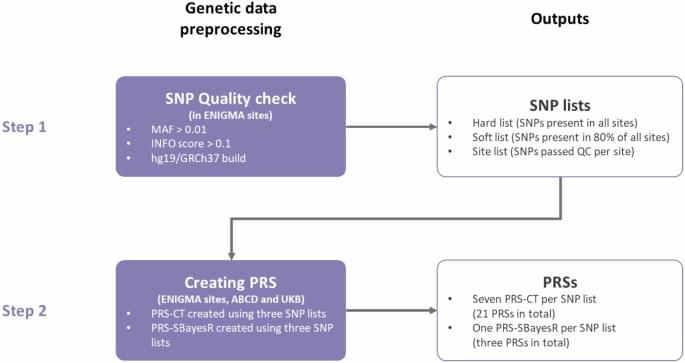America’s deadliest hurricanes: The top 10 storms that left lasting scars.
The deadliest hurricanes in U.S. history show how flooding and surge turn storms into mass killers. Here are the top 10.
America’s deadliest hurricanes: The top 10 storms that left lasting scars.
The deadliest hurricanes in U.S. history show how flooding and surge turn storms into mass killers. Here are the top 10.

Over the past decades, energy engineers have been developing a wide range of new technologies that could power electronic devices, robots and electric vehicles more efficiently and reliably. These include solid oxide cells (SOCs), electrochemical devices that can operate in two different modes, as fuel cells or as electrolyzers.

Shen, X., Toenders, Y.J., Han, L.K.M. et al. Mol Psychiatry (2025). https://doi.org/10.1038/s41380-025-03136-4

Few people are aware of Marvel Whiteside Parsons (a.k.a Jack Parsons), co-founder of NASA’s Jet Propulsion Laboratories. Parsons made major contributions to rocket development, particularly in the area of solid fuel propellant. The solid motors on the Space Shuttle and the motors in the Minuteman missile were based on the solid propellant technology that he invented. He was a founding member of Aerojet Corporation, and he even has a crater on the dark side of the moon named after him. So why isn’t he as celebrated as the other founding fathers of spaceflight?
Aleister Crowley, born Edward Alexander Crowley, was a British occultist, writer, mountaineer, philosopher, poet, mystic, drug experimenter, and chess player. He was an influential member in several occult organizations, including the Golden Dawn, the A∴A∴, and Ordo Templi Orientis (O.T.O.), and is best known today for his occult writings, especially The Book of the Law, the central sacred text of Thelema. He gained much notoriety during his lifetime, and was infamously dubbed \.

Scientists unveil nuclear battery with 50-year lifespan and triple efficiency.
Researchers in China have developed a novel nuclear battery that can withstand at least half a century of radiation and deliver three times the energy efficiency of conventional designs.
The team set out to improve battery performance in extreme environments, led by Haisheng San, PhD, a professor at Xiamen University, and Xin Li, PhD, a researcher at the China Institute of Atomic Energy.
According to the scientists, conventional power systems, especially those used in extreme conditions such as space or deep-sea infrastructure, struggle with long-term reliability.


(鴻海精密工業股份有限公司), doing business as Hon Hai Technology Group (鴻海科技集團) in Taiwan, Foxconn Technology Group (富士康科技集团) in China, and (富士康) internationally, is a Taiwanese multinational electronics contract manufacturer established in 1974 with headquarters in Tucheng District, New Taipei City, Taiwan. In 2023, the company’s annual revenue reached 6.16 trillion New Taiwan dollars (US$ 192,377,640,000 (equivalent to $198,533,892,569 in 2024)) and was ranked 20th in the 2023 Fortune Global 500. It is the world’s largest contract manufacturer of electronics. [ 3 ] While headquartered in Taiwan, the company earns the majority of its revenue from assets in China and is one of the largest employers worldwide. [ 4 ] [ 5 ] Terry Gou is the company founder and former chairman.
Foxconn manufactures electronic products for major American, Canadian, Chinese, Finnish, and Japanese companies. Notable products manufactured by include the BlackBerry, [ 6 ] iPad, [ 7 ] iPhone, iPod, [ 8 ] Kindle, [ 9 ] all Nintendo gaming systems since the GameCube, Nintendo DS models, Sega models, Nokia devices, Cisco products, Sony devices (including most PlayStation gaming consoles), Google Pixel devices, Xiaomi devices, every successor to Microsoft’s Xbox console, [ 10 ] and several CPU sockets, including the TR4 CPU socket on some motherboards. As of 2012, factories manufactured an estimated 40% of all consumer electronics sold worldwide. [ 11 ]
Foxconn named Young Liu its new chairman after the retirement of founder Terry Gou, effective on 1 July 2019. Young Liu was the special assistant to former chairman Terry Gou and the head of business group S (semiconductor). Analysts said the handover signals the company’s future direction, underscoring the importance of semiconductors, together with technologies like artificial intelligence, robotics, and autonomous driving, after’s traditional major business of smartphone assembly has matured. [ 12 ].

